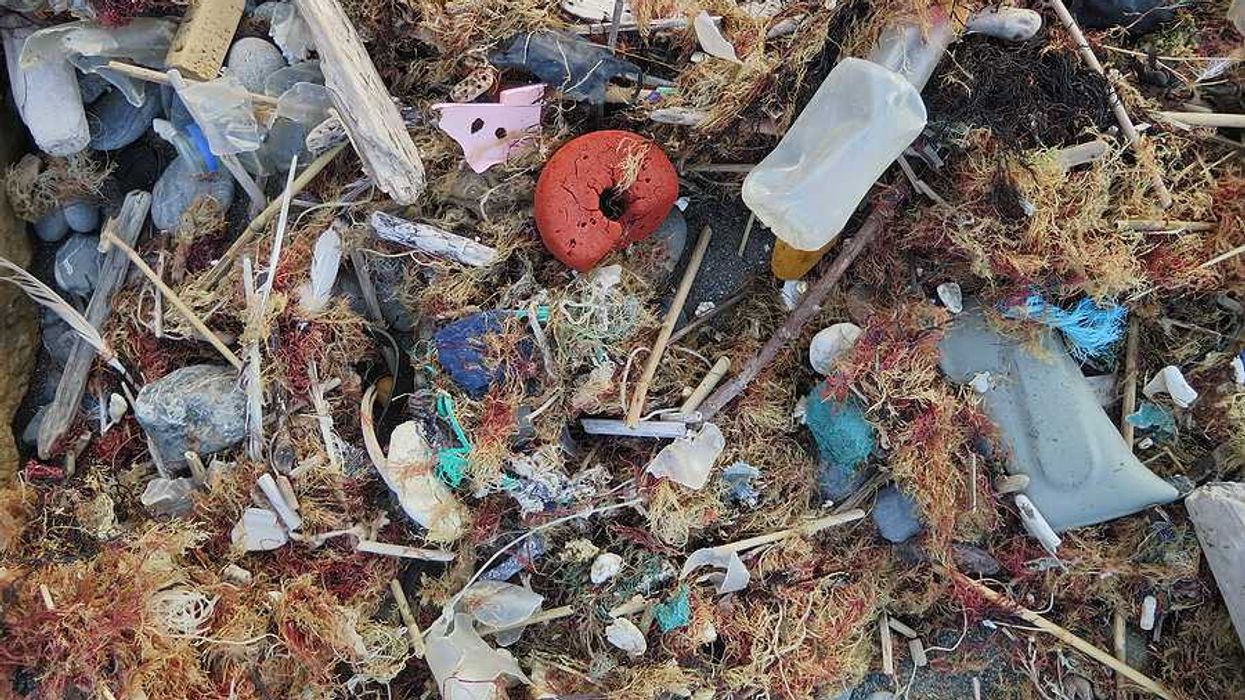West Virginia lawmakers approved a bill prohibiting certain synthetic food dyes, making it the first state to enact such a ban as concerns grow over their health effects.
Amelia Ferrell Knisely reports for West Virginia Watch.
In short:
- The Senate passed House Bill 2354 in a 31-2 vote, banning Red No. 40, Yellow No. 6, and other synthetic dyes from food products, with the measure set to take effect in 2028.
- Supporters argue the dyes contribute to health issues, including hyperactivity in children, while opponents say food safety should be left to the U.S. Food and Drug Administration.
- The bill now returns to the House for approval of the amended timeline before heading to the governor’s desk.
Key quote:
“This is probably the most important bill that we will vote on in our entire careers here.”
— West Virginia State Sen. Laura Wakim Chapman (R-Ohio)
Why this matters:
Artificial food dyes have been a fixture in processed foods for decades, lending bright colors to everything from breakfast cereals to sports drinks. But concerns over their safety — particularly for children — have sparked growing debate among health experts, regulators, and the food industry. Some research has suggested that certain dyes, such as Red 40 and Yellow 5, may contribute to behavioral issues like hyperactivity in children. Other studies have raised questions about potential long-term health risks, including links to cancer in animal testing.
While the FDA has banned some dyes deemed unsafe, others remain widely used, even as Europe and other regions impose stricter regulations. Now, the new push in West Virginia to limit artificial dyes in food could reignite the national conversation over their safety. If successful, the effort could encourage other states to reconsider their own policies, setting the stage for a broader clash between public health advocates seeking tighter restrictions and food manufacturers defending their products.
At the heart of the issue is a familiar tension: how much evidence is enough to warrant regulatory action?
Related EHN coverage:














